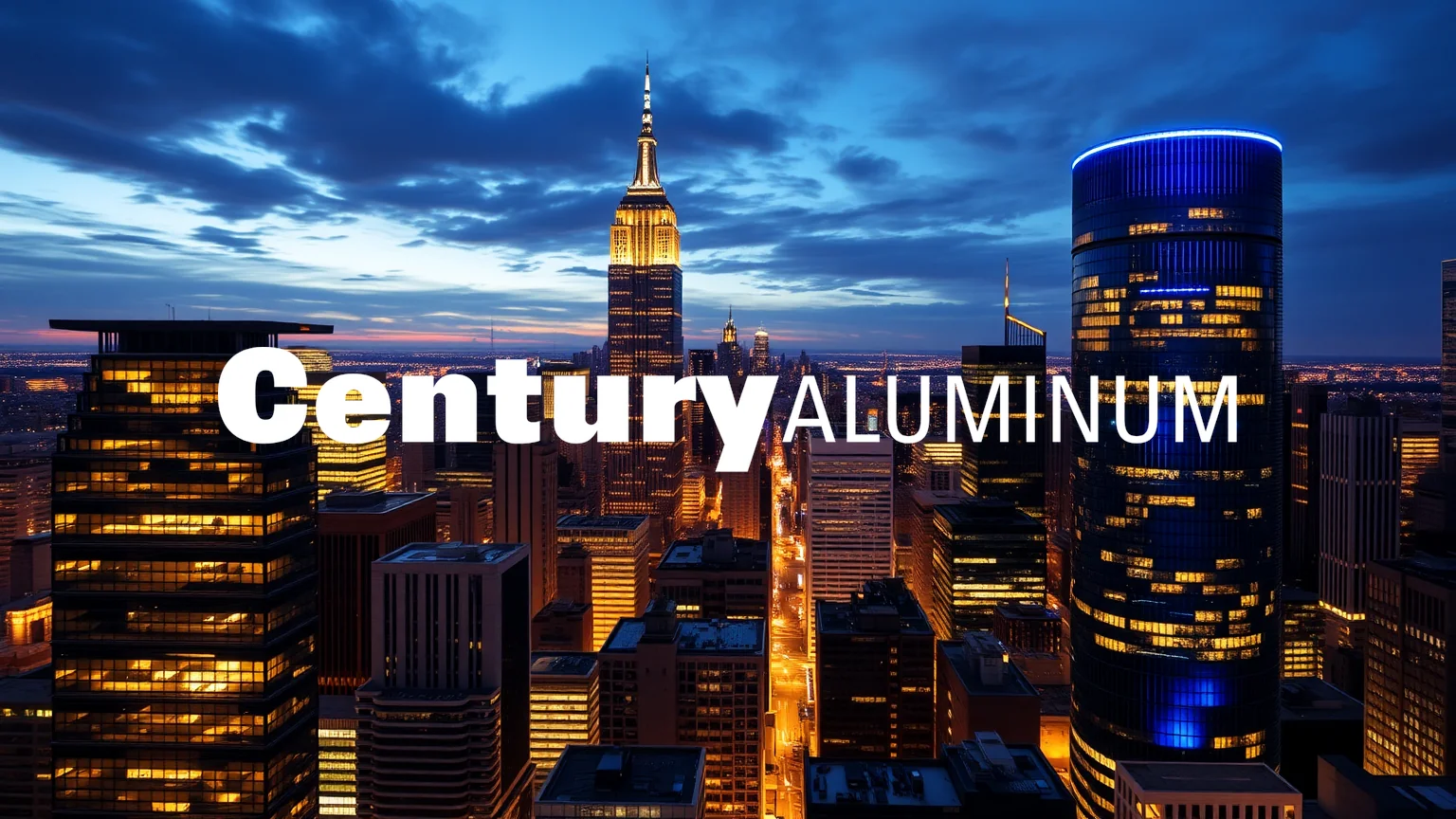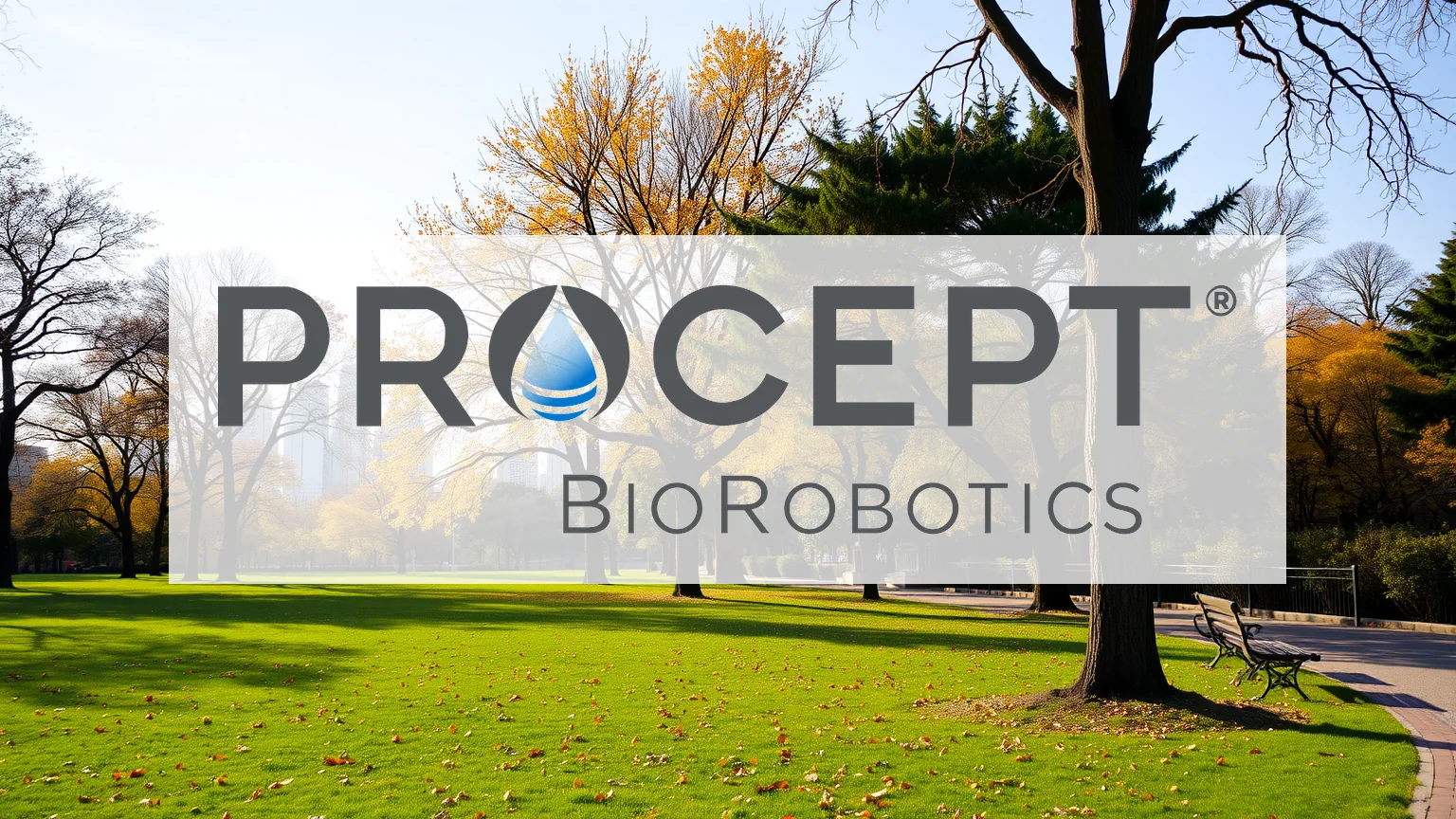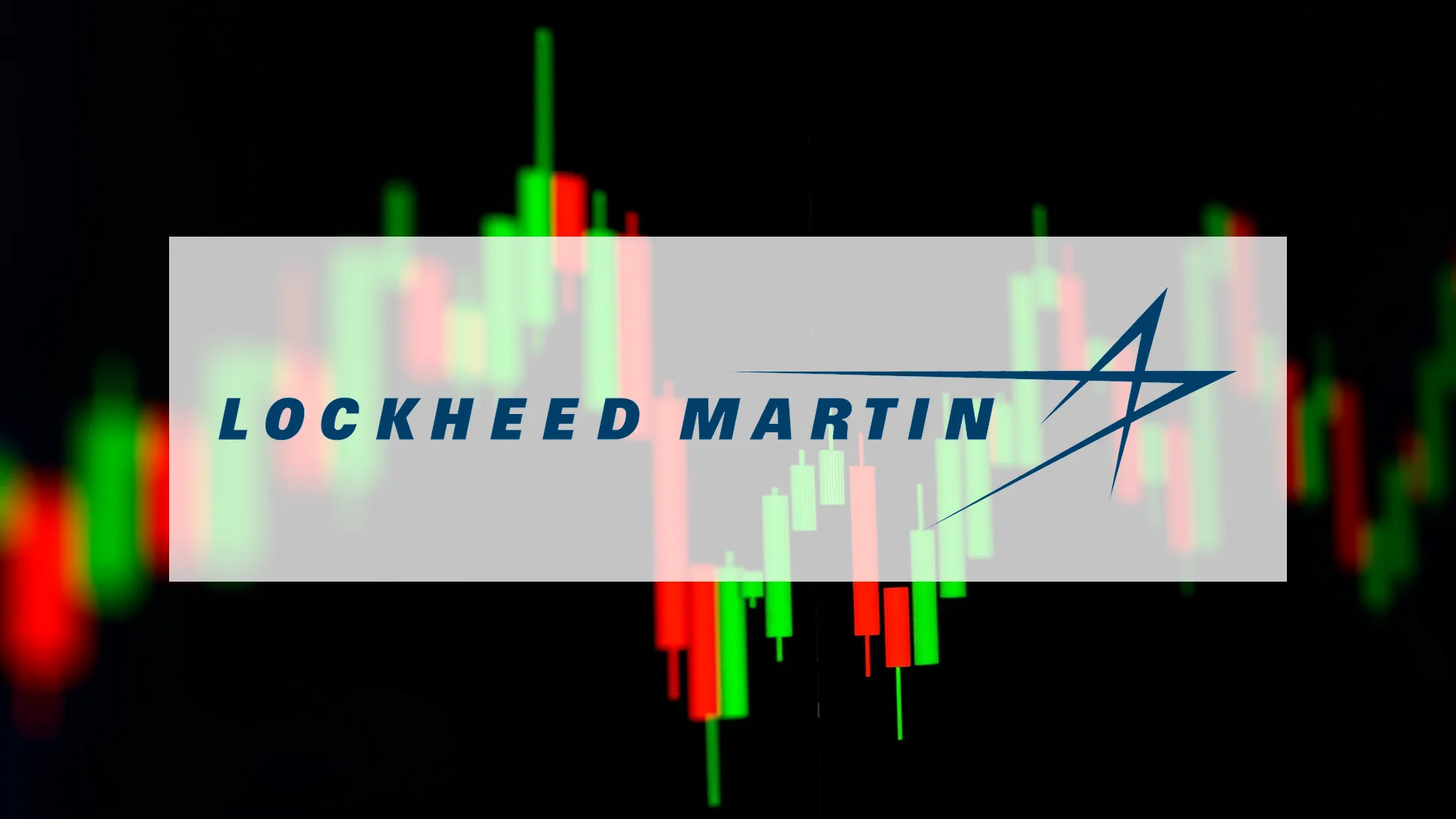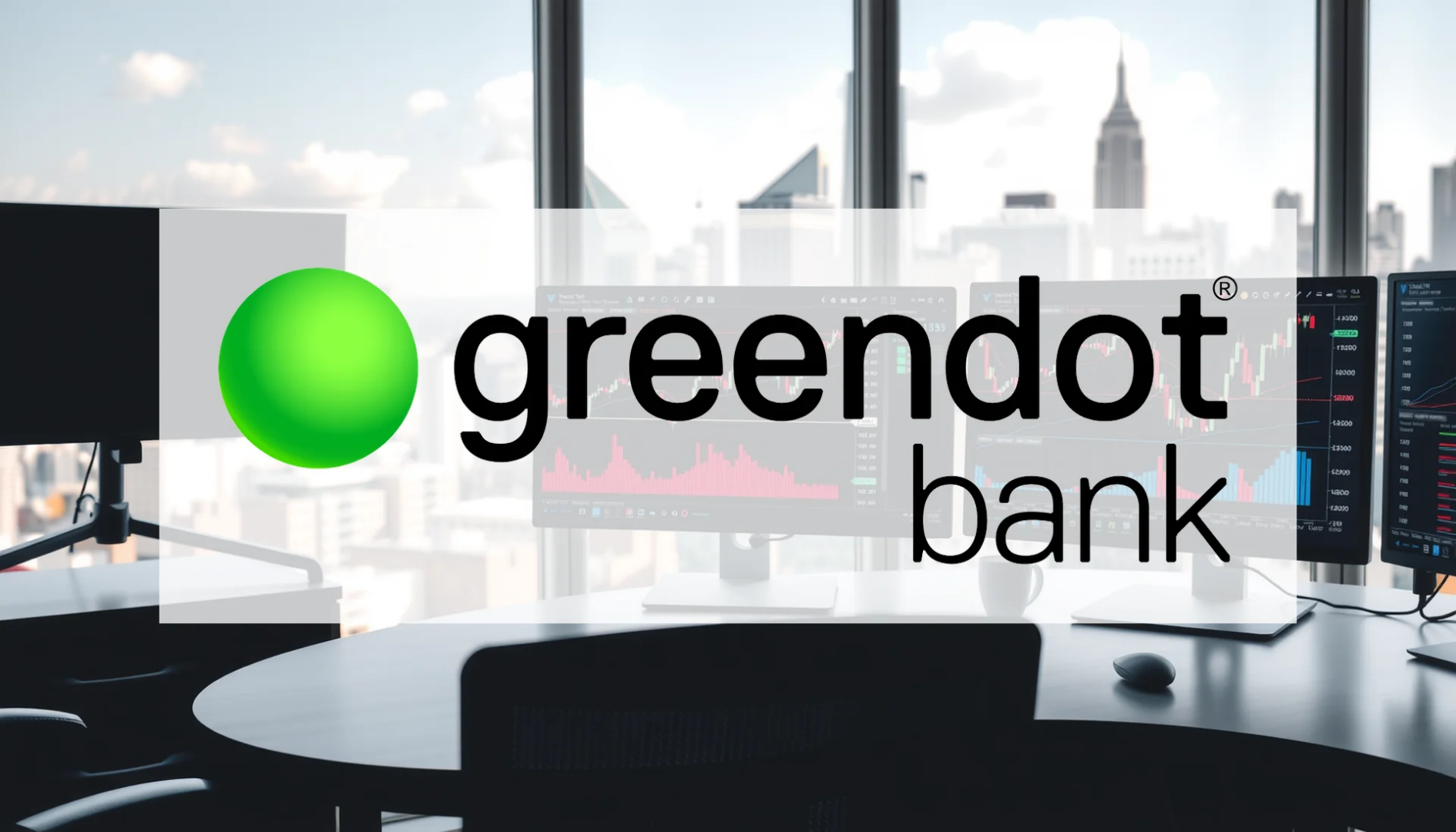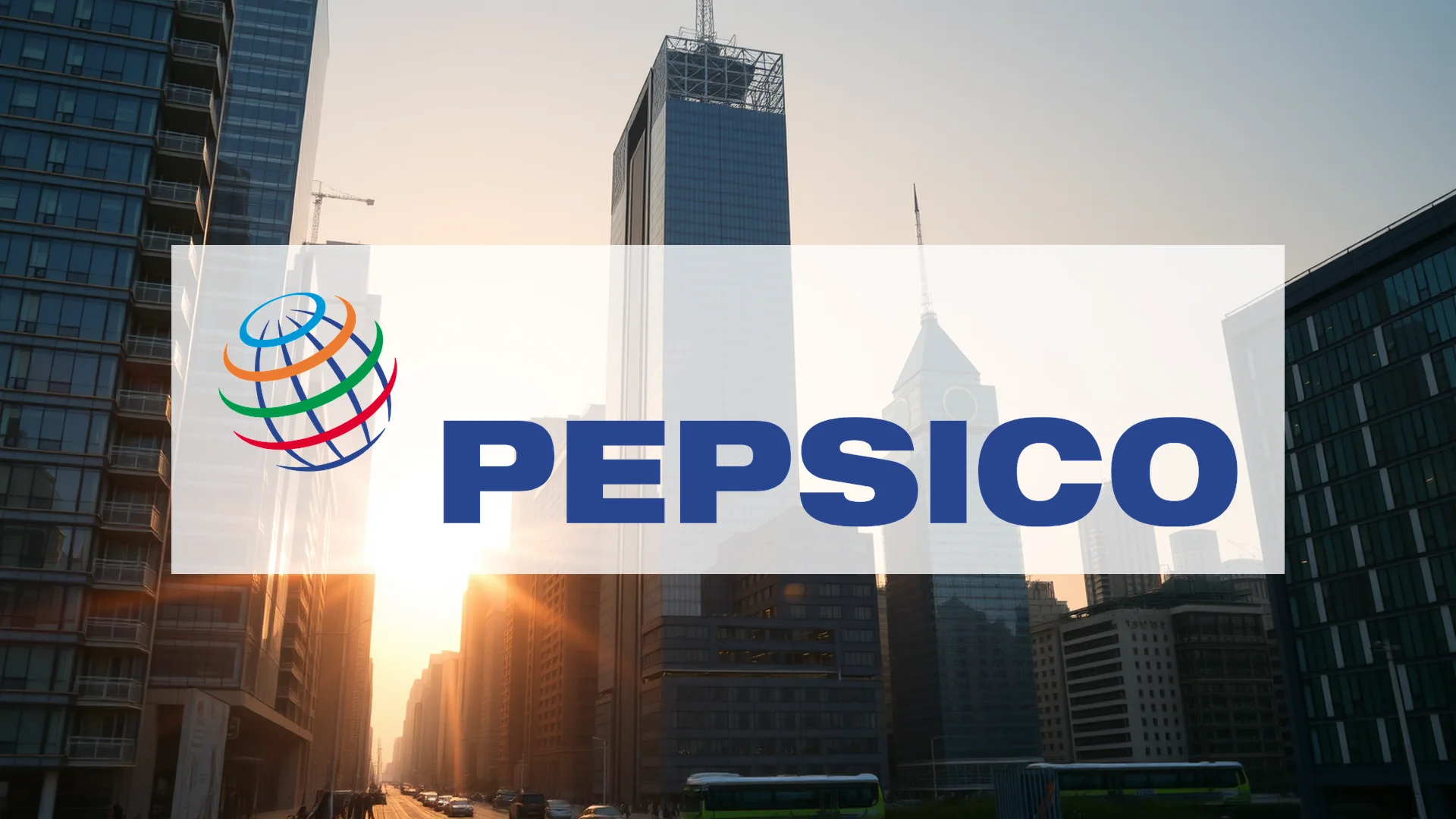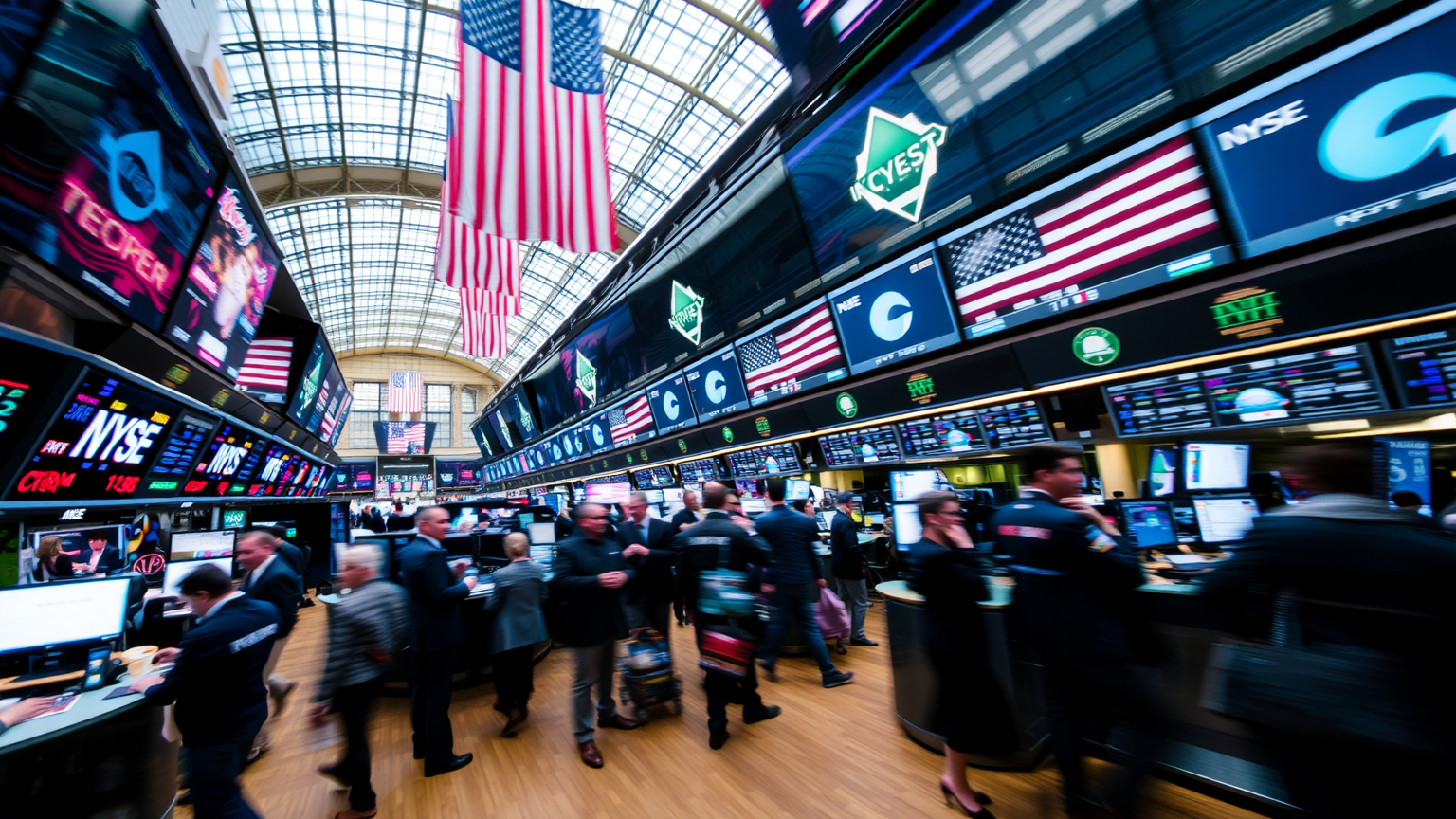As trade tensions between the United States and China continue to escalate, one domestic producer appears to be capitalizing on protective measures. Century Aluminum, a major US-based aluminum manufacturer, is reactivating idled capacity in response to significantly increased import tariffs. The critical question for investors remains whether the company can translate these policy advantages into sustained financial performance.
Strategic Expansion Driven by Tariff Protection
In a significant operational move, Century Aluminum has confirmed the full reactivation of 50,000 tons of production capacity at its Mt. Holly facility in South Carolina. This decision comes as a direct consequence of protective trade measures, specifically the Section 232 tariffs on aluminum imports that were raised to 25% in March and subsequently increased to 50% in June. The company anticipates achieving full production at the facility by June 30, 2026—a development that would boost national primary aluminum output by approximately 10%.
This capacity restoration underscores the company’s strategic initiative to strengthen domestic supply chains for critical metals. Management has emphasized that the elevated tariff barriers are creating favorable conditions for US-based producers. The company expects to realize higher Midwest regional premiums in coming quarters, potentially enhancing its competitive positioning within the market.
Quarterly Performance: Divergent Metrics
The company’s second-quarter 2025 financial results presented a mixed picture. While net sales of $628.1 million exceeded analyst projections, demonstrating core business resilience, profitability metrics disappointed. Century Aluminum reported a net loss of $4.6 million ($0.05 per share), contrasting sharply with the previous quarter’s net income of $29.7 million.
Should investors sell immediately? Or is it worth buying Century Aluminum?
Several factors contributed to this profitability challenge, including elevated raw material costs, increased operational expenses, and derivative-related losses. However, adjusted metrics revealed a more positive underlying performance: The company achieved adjusted net income of $30.4 million ($0.30 per share) with adjusted EBITDA reaching $74.3 million for the quarter. Additionally, Century Aluminum successfully refinanced its Senior Notes at a reduced interest rate of 6.875%, extending the maturity to 2032—a move expected to enhance long-term liquidity while lowering financing costs.
Forward-Looking Optimism Amid Challenges
Despite recent profitability pressures, management provided bullish guidance for the third quarter of 2025. The company projects adjusted EBITDA between $115 million and $125 million—representing substantial growth from the $74.3 million recorded in Q2. This anticipated improvement is primarily attributed to higher realized premiums in the US Midwest market, directly resulting from recent tariff increases.
Market analysts appear to share this optimistic outlook. Zacks Research recently upgraded Century Aluminum shares to a “Strong Buy” rating. The consensus among analysts remains a “Buy” recommendation with an average price target of $24.67. Some projections even suggest potential upside to approximately $26 per share.
The fundamental question for investors is whether Century Aluminum can effectively leverage these trade policy advantages to achieve sustainable operational improvements, or if the company’s fortunes will remain tied to the unpredictable landscape of international trade relations.
Ad
Century Aluminum Stock: Buy or Sell?! New Century Aluminum Analysis from November 25 delivers the answer:
The latest Century Aluminum figures speak for themselves: Urgent action needed for Century Aluminum investors. Is it worth buying or should you sell? Find out what to do now in the current free analysis from November 25.
Century Aluminum: Buy or sell? Read more here...

